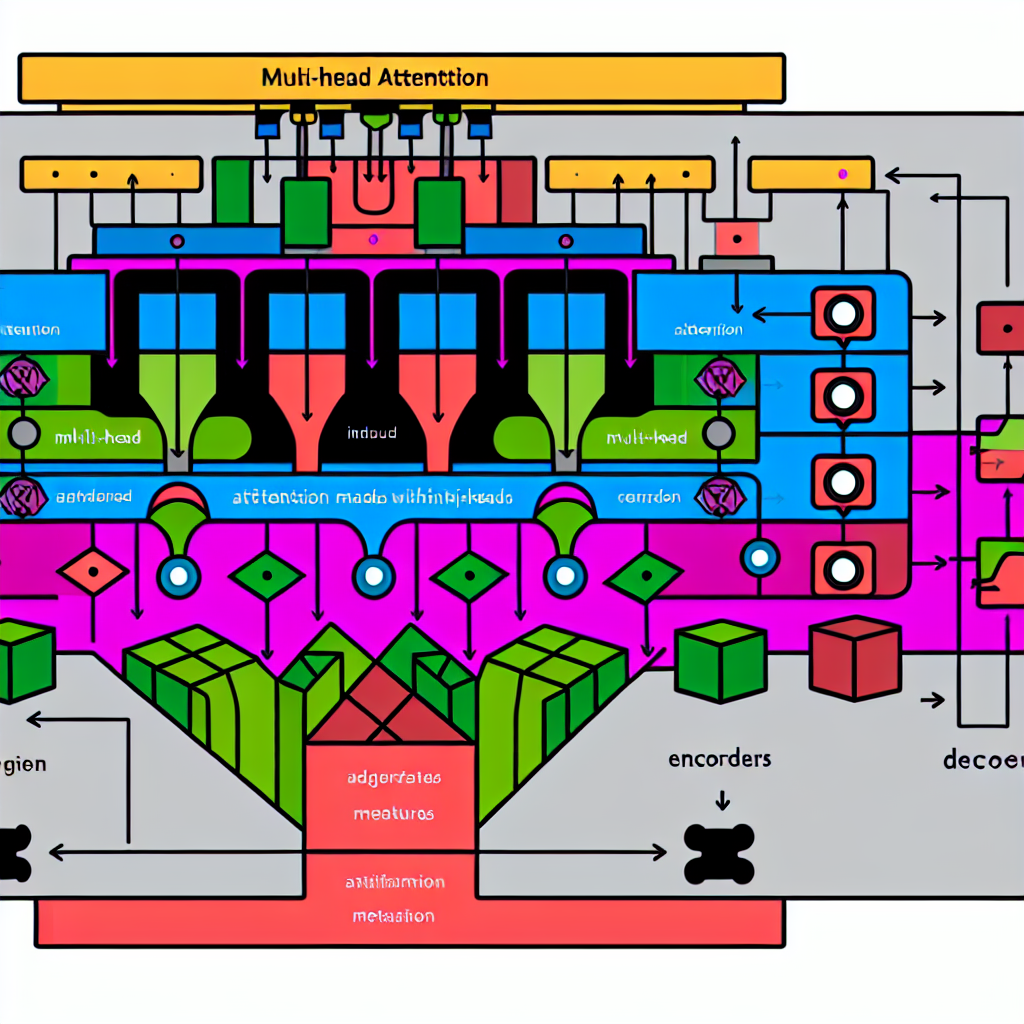Generative AI for Data Augmentation: Advanced Strategies in 2025
In the rapidly evolving fields of artificial intelligence and data science, the integration of generative AI for data augmentation has emerged as a transformative strategy. As data continues to fuel the AI revolution, professionals are increasingly turning to innovative methods to enhance model training. Generative AI not only helps in expanding existing datasets but also in improving the quality and diversity of the data. This article dives deep into the advanced applications, emerging trends, and the practical implications of using generative AI for data augmentation in 2025.
We will explore how AI professionals leverage frameworks, understand real-world case studies, and utilize generative AI for improved model performance. From conventional challenges to revolutionary solutions, this guide caters to AI enthusiasts aiming to stay ahead in the data science domain.
Advanced Applications of Generative AI in Data Augmentation
Generative AI is revolutionizing data augmentation by generating synthetic yet realistic data instances. This approach is especially valuable in scenarios where data scarcity is a significant issue. For instance, in medical imaging, where obtaining labeled data can be costly and time-consuming, generative AI models like GANs (Generative Adversarial Networks) create diverse images that enhance the training dataset.
Additionally, generative AI aids in balancing datasets by producing more instances of underrepresented classes, thus addressing class imbalance — a common problem in machine learning. This ensures that models trained on augmented datasets are more robust and generalizable.
Exploring Frameworks for Enhanced Model Training
Several frameworks facilitate the integration of generative AI with data augmentation practices. TensorFlow and PyTorch provide extensive libraries for building and deploying neural networks capable of data generation. Tools like DataRobot utilize automated machine learning to streamline augmentation processes, ensuring AI models are trained with high-quality data.
Moreover, emerging tools such as Snorkel AI facilitate programmatically labeling data, further optimized with generative models to fabricate additional training examples. These frameworks not only support data scientists in handling vast datasets but also streamline the pipeline from data collection to model deployment.
Real-World Examples & Case Studies
Consider the automotive industry, where autonomous vehicle models require extensive data to understand various driving conditions. By applying generative AI for data augmentation, companies have simulated adverse weather conditions or rare street scenarios, which are otherwise challenging to collect.
A notable case study involves the use of StyleGAN for fashion retail applications. By generating diverse clothing styles, retailers have augmented their training datasets to improve recommendation systems and inventory management, leading to enhanced consumer satisfaction and operational efficiency.
Internal links: AI Model Improvement Techniques, Top Data Science Tools for 2025
External link: Forbes: AI and the Future of Data Science
Emerging Trends in Generative AI
As we approach 2025, several trends are shaping the landscape of generative AI for data augmentation. The convergence of AI with other technologies like IoT and quantum computing is expected to enhance data processing capabilities. Additionally, the push towards federated learning addresses privacy concerns, allowing models to be trained on decentralized data while generating synthetic data locally.
Another key trend is the rise of zero-shot learning models that can generalize from minimal data, thanks to advanced generative techniques. These models promise to reduce dependency on large datasets, making AI solutions more accessible and cost-effective.
Frequently Asked Questions
Why is data augmentation important in AI?
Data augmentation increases the diversity of data available for training models, improving their accuracy and generalizability by preventing overfitting.
What role does generative AI play in synthetic data generation?
Generative AI models, such as GANs, create realistic synthetic data that can be used to expand and balance datasets, especially where real data is scarce or costly.
How do GANs contribute to data augmentation?
GANs generate new data samples by learning the distribution of existing datasets. This process creates diverse and realistic data points for training AI models.
Conclusion
Generative AI for data augmentation is set to redefine the boundaries of model training in 2025. By addressing data scarcity and class imbalance, it provides AI models with the necessary depth and diversity to succeed in real-world applications. As technologies evolve, integrating these strategies will be crucial to harness the full potential of AI and data science.
For practitioners and enthusiasts, staying informed about the latest trends and tools is imperative for strategic career growth. Consider subscribing to our newsletter for more insights and updates on the future of AI and data science.



